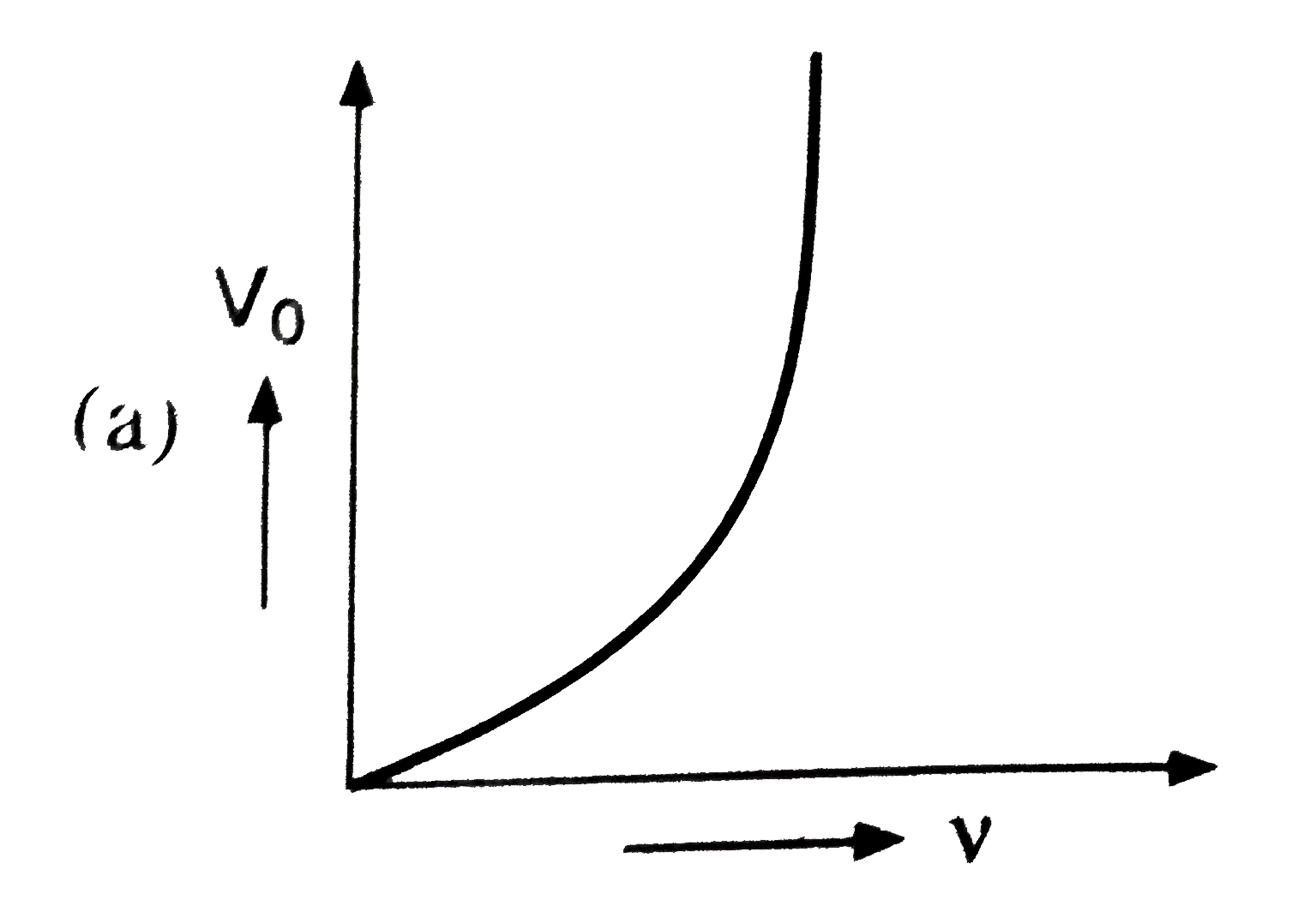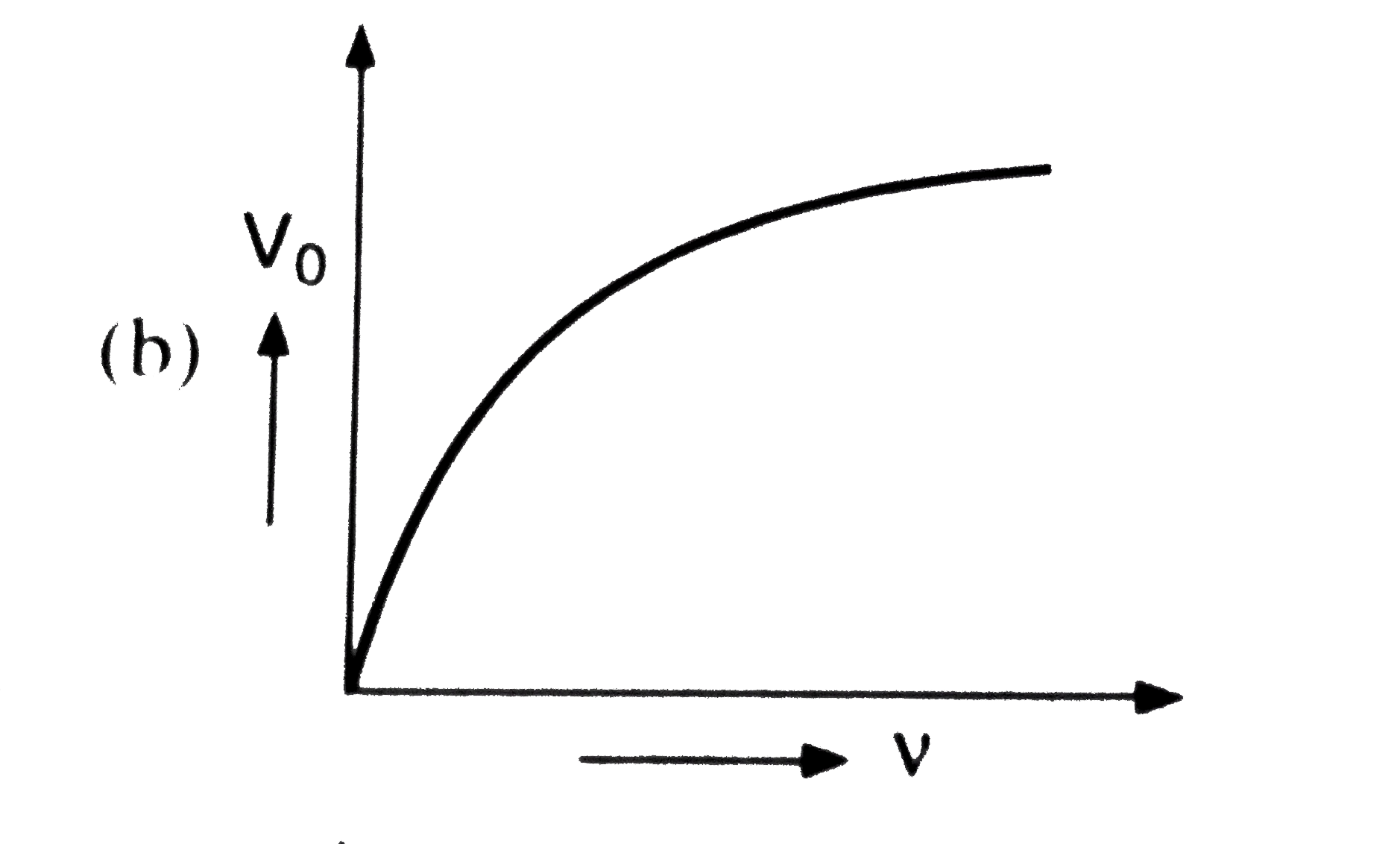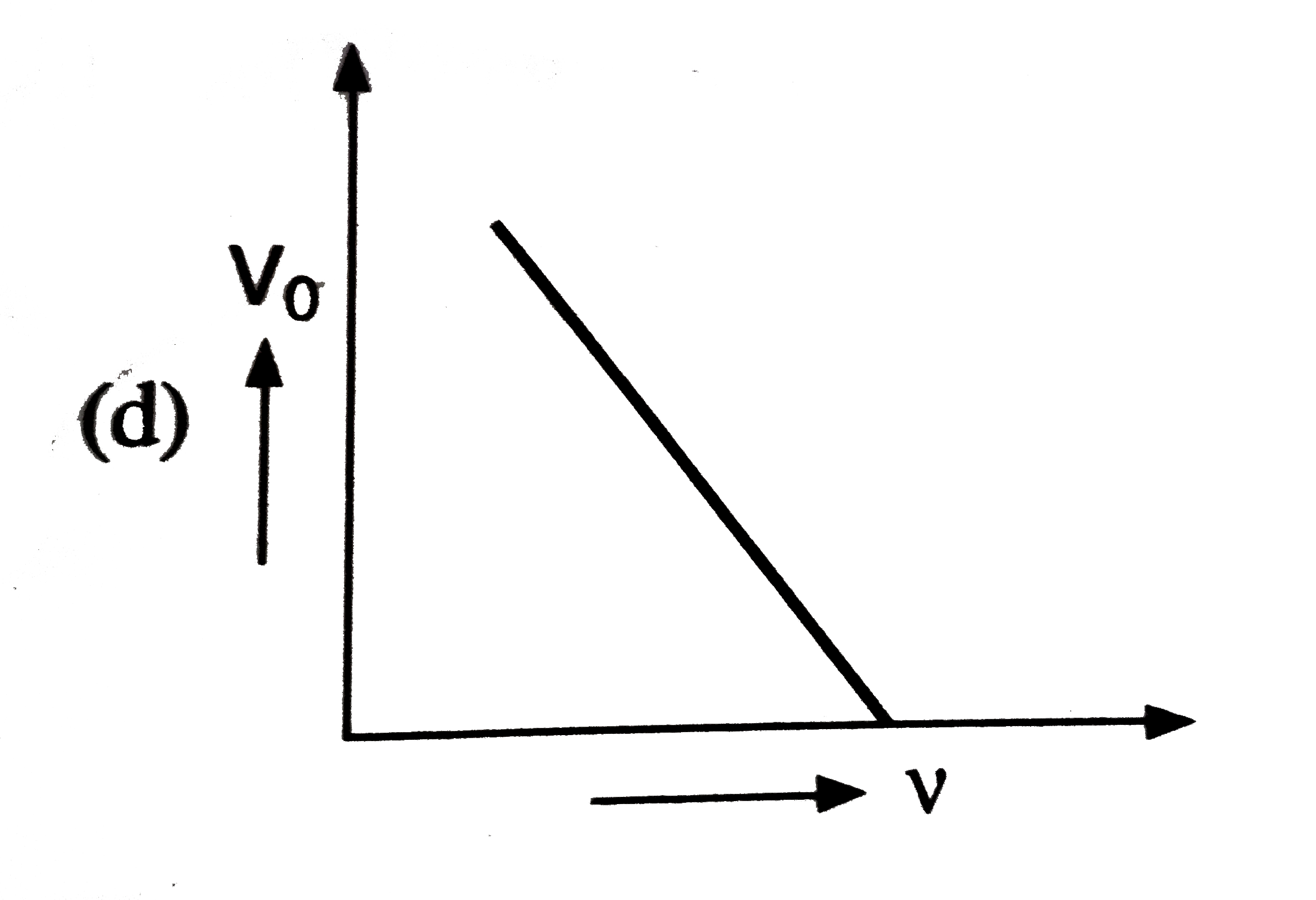When ultraviolet radiation of a certain frequency falls on a potassium target, the photoelectrons released can be stopped completely by a retarding potential of 0.5 V. If the frequency of the radiation is increased by 10 %, this stopping potential rises to 0.9 V. The work function of potassium is
2.0 eV
2.4 eV
3.0 eV
2.8 eV
The correct Answer is:B
E=ϕ+eV
E=ϕ+e(0.9)1.1E=ϕ+e(0.9)1E=0.3e
E=3eV put ϕ=2.4eV
Topper's Solved these Questions
- DAILY PRACTICE PROBLEMBook:RESONANCEChapter:DAILY PRACTICE PROBLEMExercise:DPP No.44
Explore 10 Videos
- DAILY PRACTICE PROBLEMBook:RESONANCEChapter:DAILY PRACTICE PROBLEMExercise:DPP No.45
Explore 20 Videos
- DAILY PRACTICE PROBLEMBook:RESONANCEChapter:DAILY PRACTICE PROBLEMExercise:DPP No.42
Explore 20 Videos
- CURRENT ELECTRICITYBook:RESONANCEChapter:CURRENT ELECTRICITYExercise:High Level Problems (HIP)
Explore 21 Videos
- ELECTRO MAGNETIC WAVESBook:RESONANCEChapter:ELECTRO MAGNETIC WAVESExercise:Exercise 3
Explore 27 Videos
Similar Questions
When a radiation of energy 5eV falls on a surface,the emitted photoelectrons have a maximum kinetic energy of 3eV .The stopping potential is
View SolutionThe stopping potential for acertain photosensitive metal is Vq when the frequency of incident radiation is V0 When the frequency of the incident radiations is doubled, what will be the stopping potential ?
View Solution
Knowledge Check
On a photosensitive material, when frequency of incident radiation is increased by 30% kinetic energy of emitted photoelectrons increases from 0.4eV to 0.9eV. The work function of the surface is
A1 eVB1.267eVC1.4eVD1.8eVWhich of the following is the graph between the frequency (v) of the incident radiations and the stopping potential ?
A B
B C
C D
D
When light of frequency v1 incident on a metal with work function W0 (where hv1>W0), the photocurrent falls to zero at a stopping potential of V1. If the frequency of light is increased to v2, the stopping potential changes to V2. Therefore, the charge of an electron is given by
AW0(v2+v1)v1V2+v2V1BW0(v2+v1)v1V1+v2V2CW0(v2−v1)v1V2−v2V1DW0(v2−v1)v2V2−v1V1
When radiation of wavelength 253.7nm falls on a copper surface, electrons are ejected. Calculate work function if the stopping potential is 0.5 V.
View SolutionThe stopping potential as a function of the frequency of the incident radiation is plotted for two different photoelectric surfaces A and B . The graphs show that work function of A is

View SolutionIn aphotocell frequency of incident radiation is increased by keeping other factors constant (v>v0), the stopping potential
View SolutionThe photoelectric work function of the emitter of a photocell is 3.63 eV . The frequency of incident light radiation if the stopping potential of the emitter is 3 volt , is
View SolutionFor intensity I of a light of wavelength 5000Å the photoelectron saturation current is 0.40μA and stopping potential is 1.36V , the work function of metal is
View Solution
